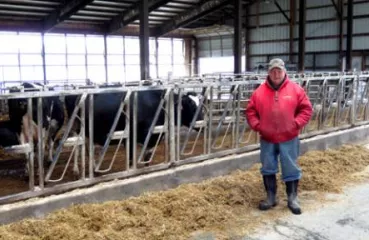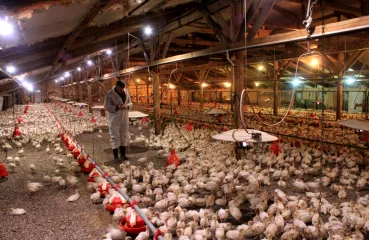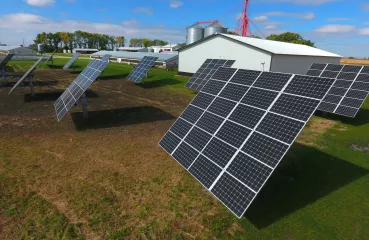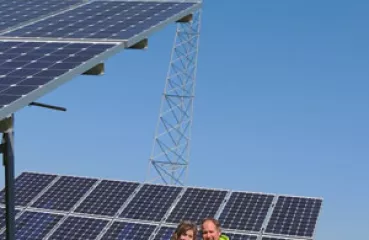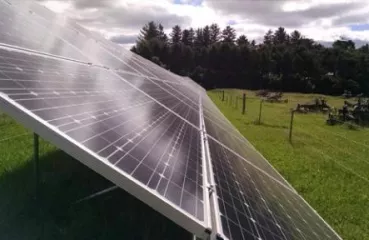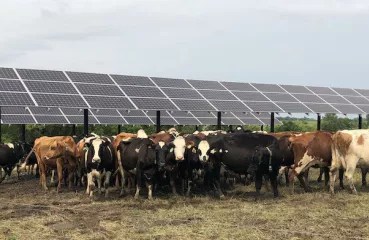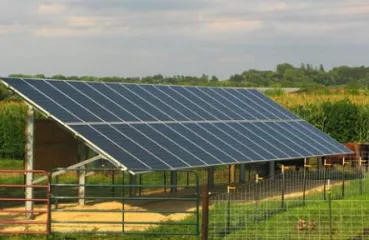Beyond LED lighting, other on-farm energy-saving opportunities depend on the operation. High-impact technologies include variable frequency drives, automated controllers, high efficiency grain dryers, refrigeration heat recovery, and high efficiency space and water heating.
To find out what opportunities you have to save, you can get an on-farm energy assessment tailored to your operation. The assessment will help you determine the amount of energy used by the entire operation, and identify the short- and long-term measures you can implement to conserve energy and achieve greater production efficiencies. Often your electric utility will offer some form of energy assessment—contact them to learn more.

